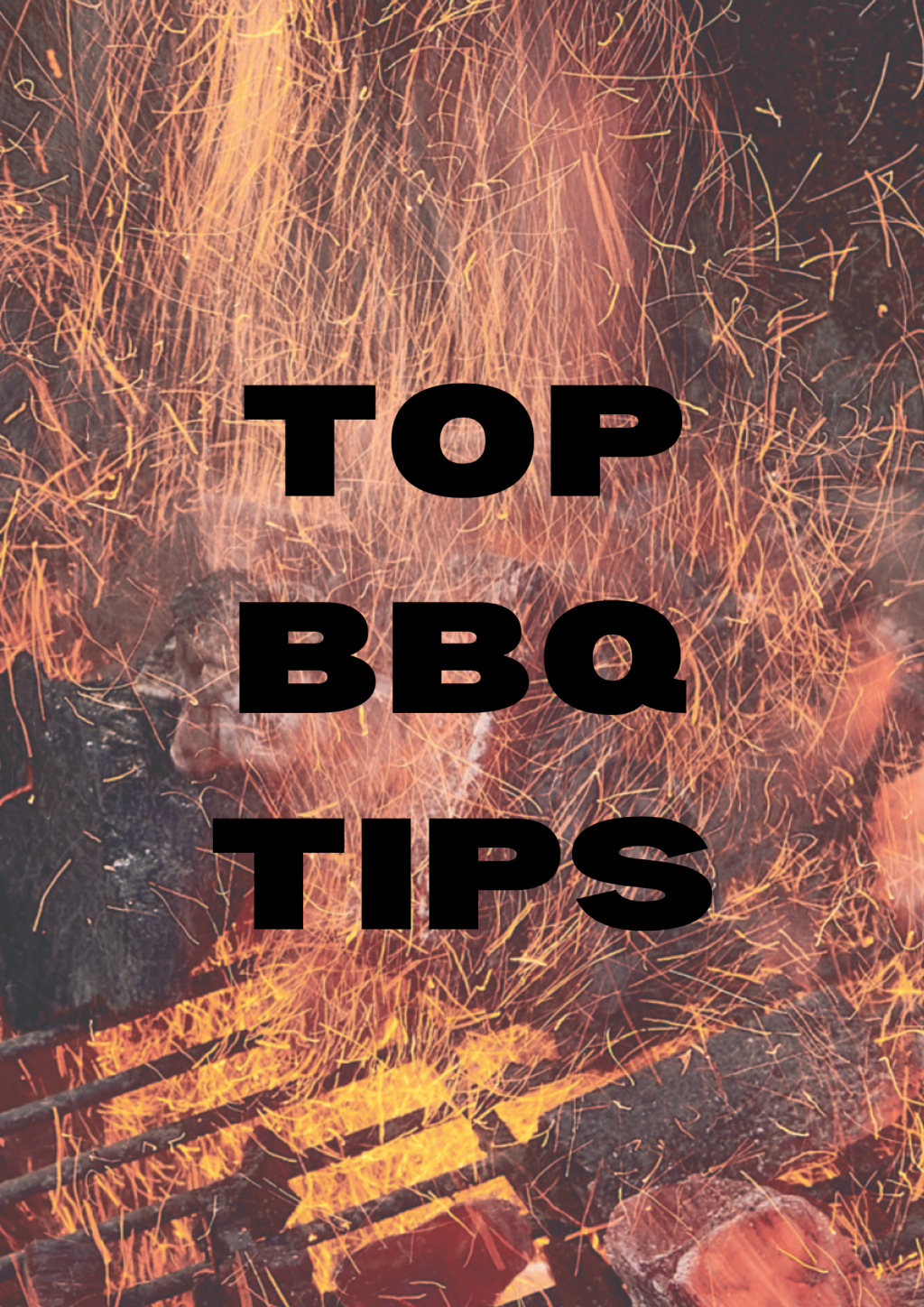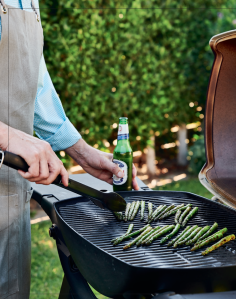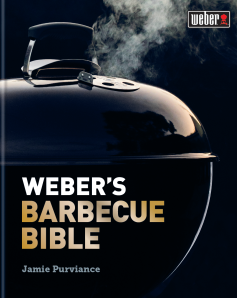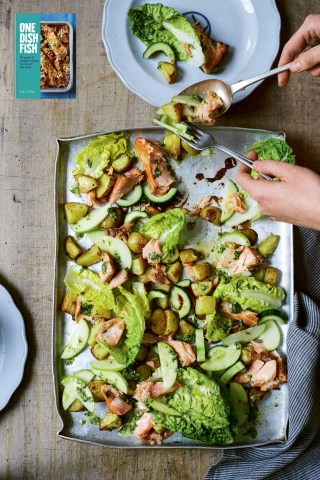BARBECUING TECHNIQUES FROM WEBER’S

Top Tips for Ultimate Barbecuing Success
Here are some simple techniques that will help you take charge of the fire versus the fire taking charge of you.
1. Don’t start with a cold, dirty grate. A barbecue needs at least 15 minutes to get the grate hot enough to sear food properly. Preheat every time and always give the hot grate a thorough once-over with a stiff-bristle brush before adding food. A hot, clean grate will brown food better, with less chance of sticking.
2. Season like you mean it. Salt is more important to great taste than any other ingredient. First, oil the food (not the grate), then sprinkle generously with salt, pepper and/or other seasonings from edge to edge and on all sides. The oil will hold seasonings on the surface and prevent food from sticking to the grate.
3. Don’t have just one zone. More heat zones mean flexibility for times when something is cooking too fast or your food is flaring up or you are barbecuing two very different foods at the same time. At the very least, give yourself the advantages of two zones, one for direct heat and one for indirect heat.
4. Match the heat to the meat. Not everything should be barbecued at the same temperature. Generally speaking, thin and tender foods do better over
high temperatures, while thicker and tougher items often do better over less-intense temperatures, sometimes in the form of indirect heat.

5. Don’t crowd the barbecue. Packing too much food onto the cooking grate restricts your ability to be nimble and responsive. You should leave at least a quarter of the grate clear, with plenty of space around each item of food; that way you can get your tongs in there and move the pieces from one area to another.
6. Keep a lid on it. Keeping the barbecue lid down as much as possible is especially important for maintaining even temperatures, controlling flare-ups and capturing the fragrant smokiness that barbecuing generates.
7. Don’t fiddle so much. Never poke and prod food more than you need to, or you’ll lose flavours and colour. You might also tear the surface of the food if you try to turn it too often. Turn most foods just once or twice. When in doubt, wait it out – assuming flare-ups are not an issue.
8. Respond to smoke signals. The quality of smoke from your barbecue could make or break your dinner. If it is black and dense, something is wrong (and maybe sooty). The food might be on fire or the fire itself might not be getting enough air. What you want to see are wispy streams of clean, whitish smoke. Be ready to move your food, open the air vents or add more fuel at the appropriate times.
9. Don’t just guess. Knowing when food is done shouldn’t be a guessing game. Sometimes colour can tell you a lot. Sometimes texture provides clues. But with most meats, poultry and fish, a thermometer is essential. Invest in a reliable one. It will make you right, time after time.
10. Play with new ideas. There was a time when barbecuing meant one thing: meat (and only meat) charred over open flames. Today, barbecuers play with a much wider range of ingredients. The methods vary, too. Barbecuing now also means using outdoor fires to roast, smoke, bake, simmer and stir-fry, among other techniques.
TAME THE FLAME
Flare-ups are flames that shoot above the cooking grate. Most of them are caused by too much fat or oxygen at the heat source and happen within the first few seconds of putting food on the barbecue or immediately after turning food. Flames that don’t rise up through the cooking grate are not a problem. Stand back and let them run their course. These mild flare-ups also often go away after closing the lid, which reduces the oxygen reaching the fla

mes. But if the flames threaten to burn your food, take action, especially if the food is covered in a sugary spice rub or sauce that can quickly turn bitter. If you are cooking on a charcoal barbecue, you might see the flames through the vents and hear the sputtering sounds. That’s when you need to jockey the food to a safety zone where it may continue to drip fat but it won’t ignite. Once the fat is no longer dripping and the flames have died down, you can move
the food back over direct heat.
This is an extract from Weber’s BBQ Bible by Jamie Purviance






